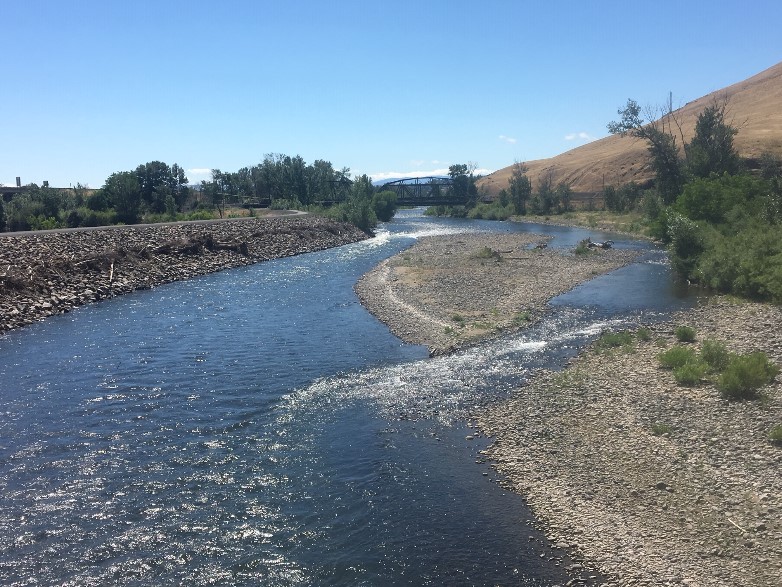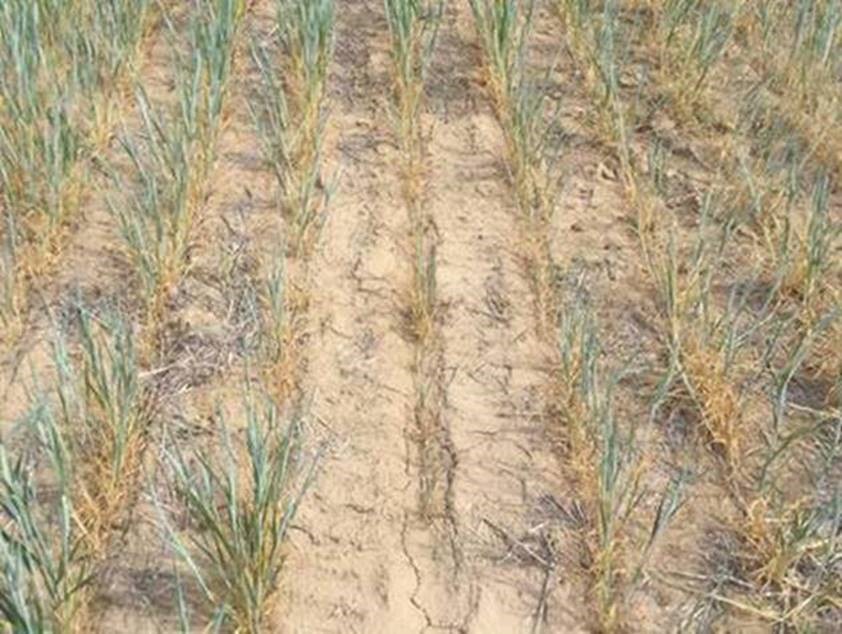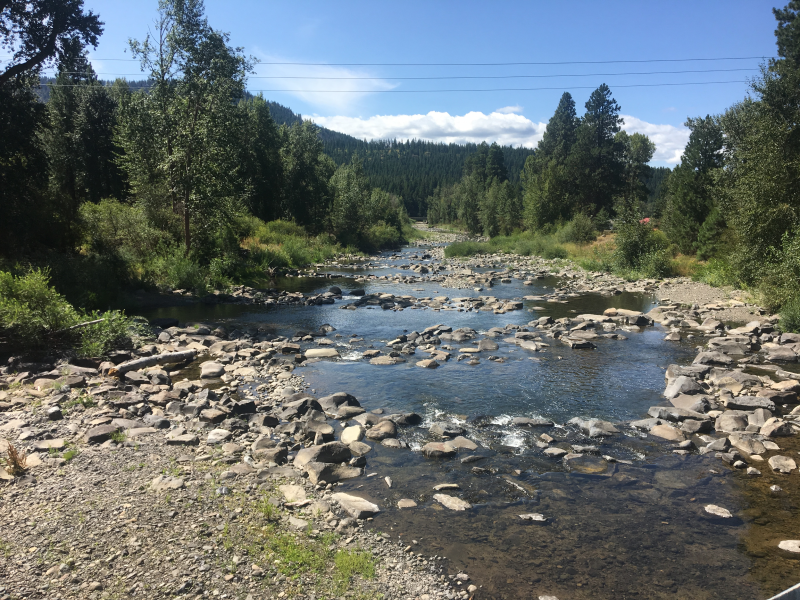
Despite the state's rainy reputation, Washington is no stranger to dry conditions when winter ends. While this year’s heavy snowpack has created a healthy outlook for areas that depend on spring snowmelt for their water supply, areas that rely primarily on rain and groundwater may have cause for concern this summer (April-October).
Temperatures last month were higher than normal for most of Washington and precipitation was below normal across the entire state, making March through April the fourth driest such period for Washington since 1895.
Abundant snowpack in the Cascades is providing good news in the Yakima River Basin, where both senior and junior irrigators are expected to receive 100 percent of their water supply to grow crops this year. In other areas, the current dry spell is resulting in extremely dry conditions. We see this in some lowland areas, impacting soil moisture in wheat-growing and pasture areas of Southeast Washington, and causing concern in the rain-dependent Chehalis Basin that feeds rivers and streams, and recharges aquifers.
In our recent Water Supply Availability Committee meeting on May 14, we heard news of growing concern for wheat farmers in Klickitat County and areas of the Palouse. And in a few basins, early snowmelt is leaving less than average levels in the Pend Oreille, Spokane, Walla Walla, and Snake watersheds.
Recent scatterings of rain and cooling temperatures can be deceptive. As the state’s lead agency for water supply, we’re keeping a close eye on water supplies across the state and we’ll be providing updates as they come throughout the summer.
So, is there a drought now?
That depends on how you define drought. A drought is generally defined as a lack of water necessary to meet needs. But the exact line can be drawn at different levels, using different metrics. The most recognized drought classification is the U.S. Drought Monitor. According to the Drought Monitor, about 86 percent of the state is either abnormally dry, or in moderate to severe drought. However, these dry conditions do not always mean a drought emergency. In Washington, Ecology operates according to the legal definition provided by the Legislature: a drought emergency can only be declared when water supply is or projected to be at or below 75 percent of normal, and the shortage is expected to create undue hardship.
Early steps
As we reported in April 2020, we have a new tool that allows us to provide early warning of possible drought. These drought advisories enable us to increase awareness and readiness for water users in areas where drought conditions are developing. A drought advisory may suggest voluntary steps, like reduced water use. It can help water users plan, prepare, and even reduce the impact of drought conditions. Drought advisories are informational only, and include no emergency authorizations or funding. So far, we haven't issued any drought advisories.
How is a drought emergency declared?
A drought emergency can be declared statewide or in local watersheds. A drought emergency means water supply is projected to be below 75 percent of average, and undue hardships are projected. In areas of drought emergency, we may expedite emergency water right permitting. Emergency relief funding may also be available. The state declared drought emergencies in 1992, 1994, 2001, 2005, 2006, 2015, and 2019.
Keeping an eye on your supply
For more information about statewide water supplies you can visit our Water Availability page. You can learn more about drought conditions and relief on our Drought Preparedness and Response page.





